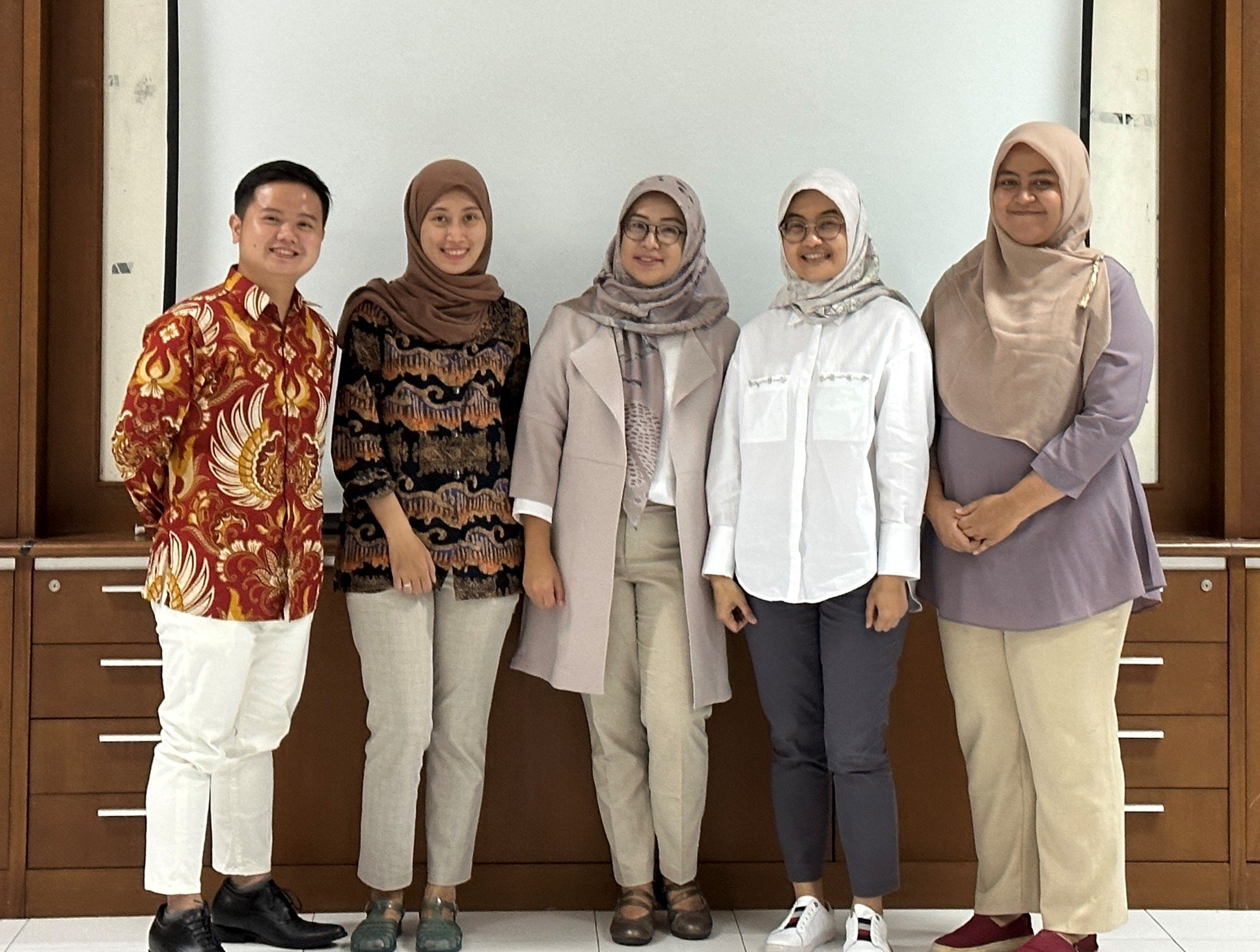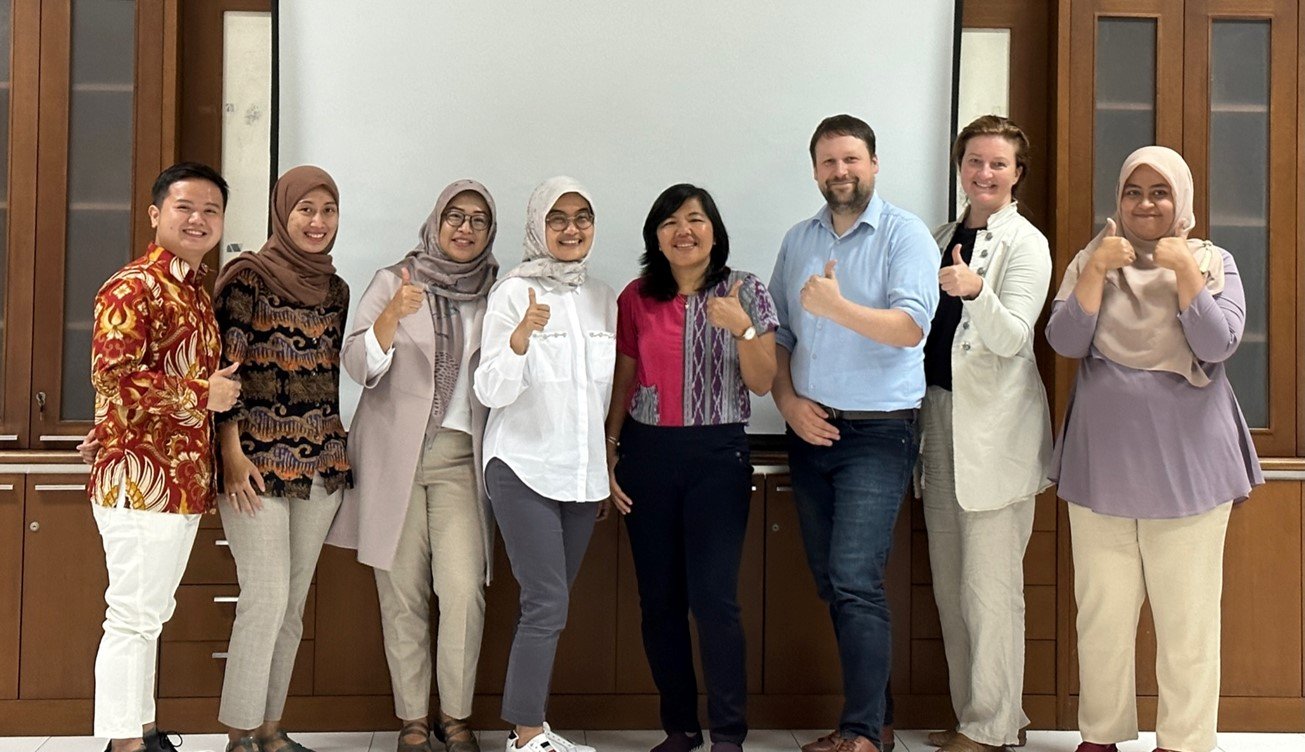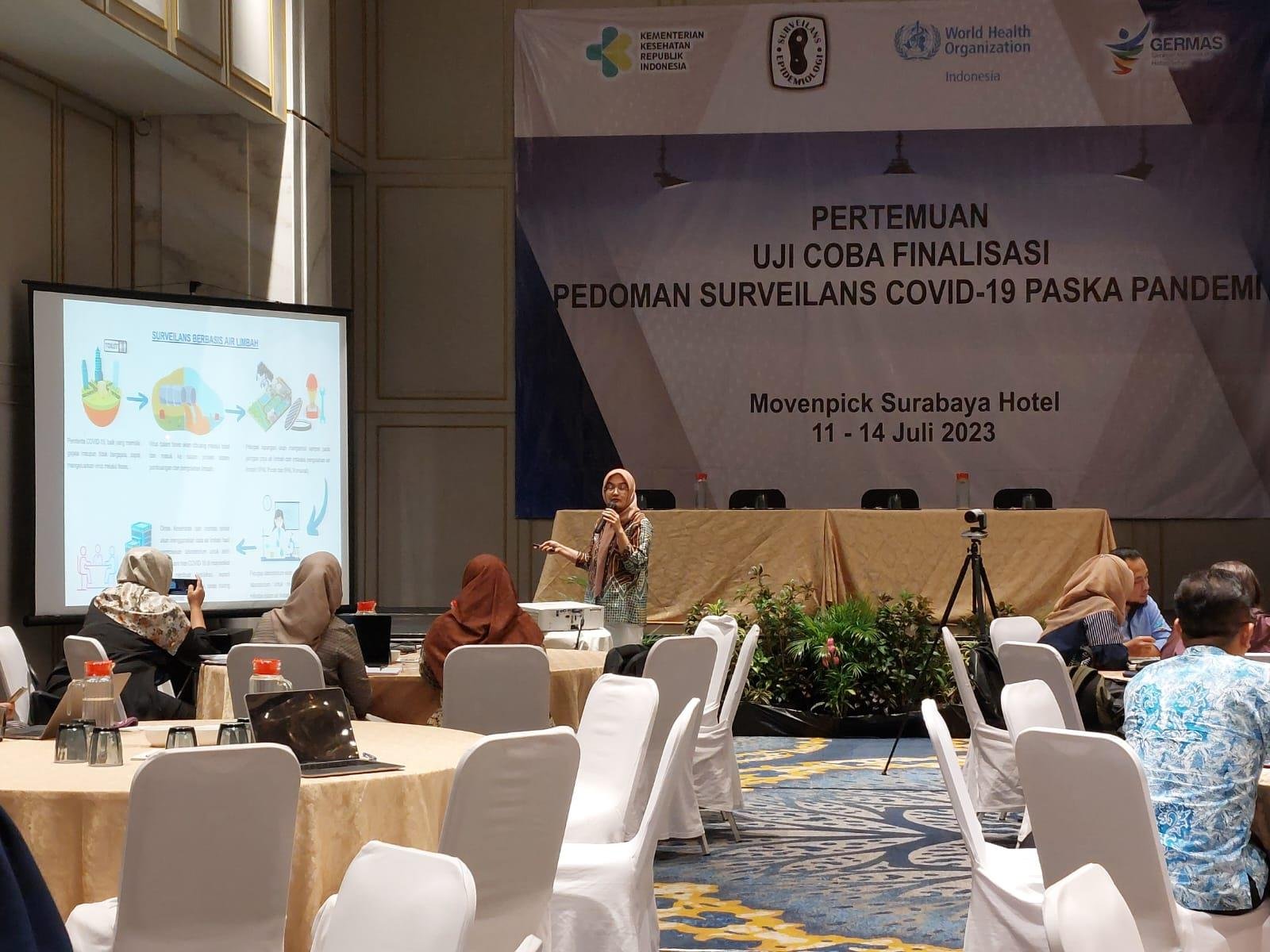Wastewater-based epidemiology (WBE) surveillance systems for SARS-CoV-2 RNA have been established in many high-income countries and piloted in a few low- and middle-income countries (LMICs). WBE surveillance has been used as a mechanism to inform COVID-19 control strategies, including as an early warning system to flag community outbreaks and to identify levels of ongoing community transmission within a confined population.
Determining the burden of disease for COVID-19 in LMICs has been challenging and is likely underreported due to logistical and practical barriers as well as low testing rates. In LMICs, where widespread testing of individuals to determine the community burden of COVID-19 is impractical, the assessment of community burden by testing of wastewater may be a cost-effective option. However, the cost-effectiveness of such methods in Indonesia has not been adequately evaluated due to the relatively new laboratory procedures involved.
The research team sought to evaluate cost-effectiveness and establish a sustainable WBE surveillance program that can be performed by local health systems and potentially included in the traditional surveillance program executed by relevant government agencies.
Final Summary of Project ActivitiesThe PEER team conducted WBE surveillance as part of their study, collecting more than 200 samples from 18 sampling points over three months. Laboratory sample processing was conducted simultaneously. The researchers assessed the positivity rate by week and by type of sampling location, created a map to compare the positivity rate detected in the sampling with the confirmed clinical cases in the community, and undertook a time series analysis to identify the ability of WBE surveillance to forecast confirmed clinical cases reported in the community.
The PI and her colleagues also conducted a cost-effectiveness analysis (CEA). They gathered national health insurance claims data related to COVID-19, as well as data on decision making on lockdowns, travel restrictions, and clinical surveillance through focus group discussions at provincial government and health offices. They considered the costs of setting up a wider-scale WBE surveillance system and ran an economic analysis using the COVASIM model, comparing the WBE scenario with real data on confirmed cases and deaths.
They found that WBE surveillance systems can be a cost-effective alternative to support early warning systems in pandemic situations in countries with lower to middle incomes. However, a strong and timely policy support, along with an effective public health response, is crucial in determining the effectiveness of any surveillance systems.
The PEER team held several meetings with the Ministry of Health (MoH) from the beginning of the project onward, as well as with the World Health Organization office in Indonesia. Towards the end of the project, representatives of the Agency for Health Policies Development, MoH, visited the PI’s campus to directly observe the sampling and laboratory processes. The MoH representatives shared that they were in the stage of procuring laboratory equipment and planned to build networks with sentinel laboratories, before training and implementation.
The researchers have encouraged the integration of COVID-19 WBE surveillance into the existing environmental surveillance for polio and are drafting an academic article on the findings of the cost-effectiveness analysis with four distinct scenarios. They were awarded a grant of more than $600,000 from the Gates Foundation to expand their WBE surveillance research to other pathogens, such as typhoid.
 |  |
| Dr. Murni's team | Staff from USAID (Aaron Burr, Ester Manurung) and NAS (Lina Stankute Alexander) visit Dr. Murni's team at Universitas Gadjah Mada, February 2023 |
Back to PEER COVID-19 Grant Recipients 





